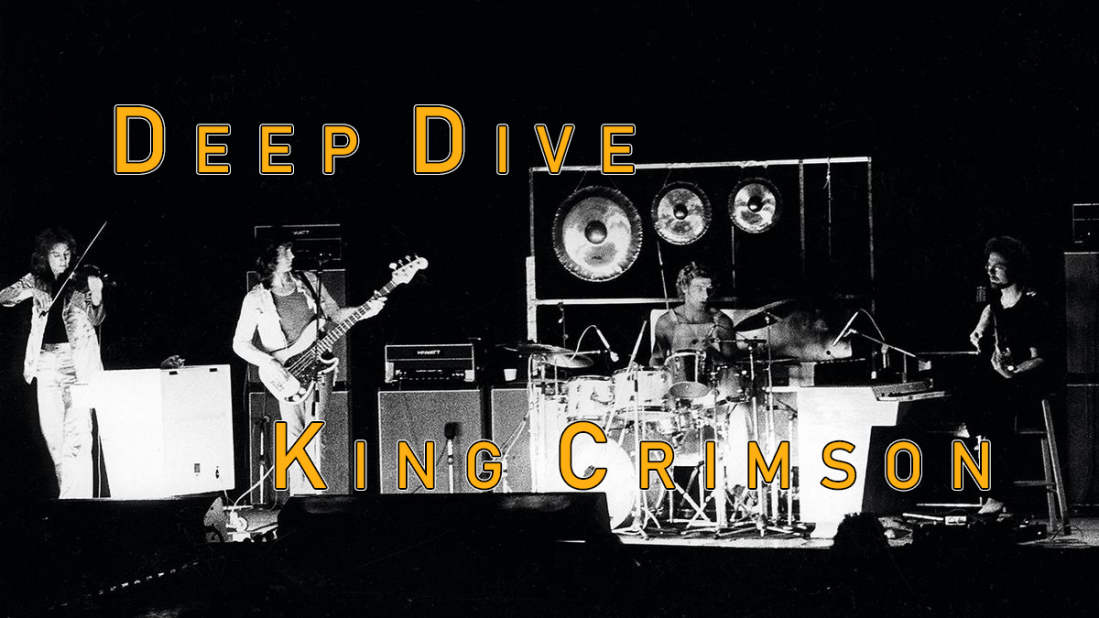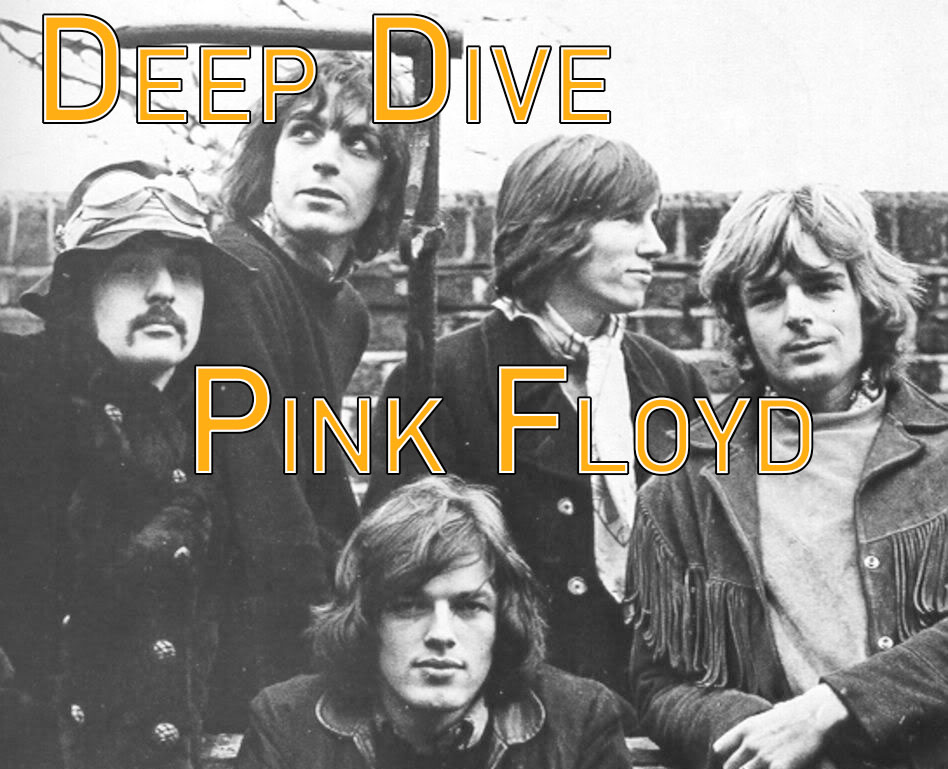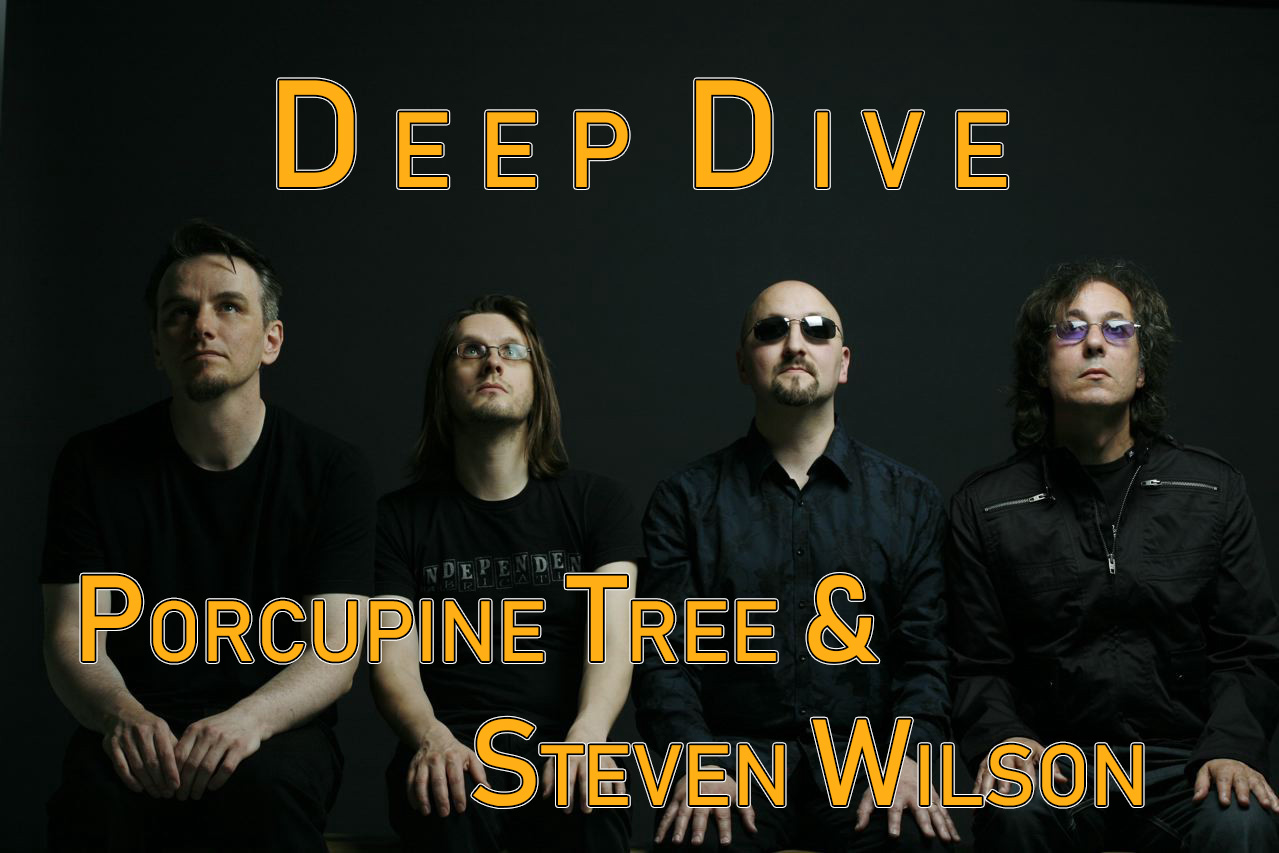Welcome again to Deep Dive, the roughly-yearly column exploring the extended studio discographies of the giants of progressive rock and metal. It’s here that I delve into releases beyond an act’s best-known albums.
For those who don’t feel like reading this massive entry, I’ve included a TL;DR and ranking of albums at the end. I choose to explore albums chronologically, as opposed to a ranked-list format. The context in which albums were made is important, and this is an element often missed in a ranked-list.
Prior to writing this column, I posted a poll asking for reader input for the act I should cover next. Had the results been more ambiguous, I probably would have covered Emerson, Lake & Palmer; but King Crimson was the runaway winner. They garnered roughly one-third of the vote, with the second-place finishers taking only about ten percent.
King Crimson was one of the earliest progressive rock bands, and no one man has done more to cement the image of progressive rock musicians as joyless and self-serious than guitarist and bandleader Robert Fripp. They’ve got some absolutely stellar albums under their belt, but there’s also plenty to criticize. A lot of my critiques of this band come from the fact that I’m simply not a big fan of improvised music. (That’s not to say improvised music can’t be fun or enjoyable, but it’s usually best enjoyed in a live setting. The magic is largely lost when it’s recorded, at least for me.)
There are also a few side-projects I’ve opted to include in this entry. Much in the way I included Univeria Zekt in the Magma entry and Anderson Bruford Wakeman Howe in the Yes entry, there have been a few releases that are King Crimson albums in all but name. Many of these are the “ProjeKcts” from the 1990s. Though ProjeKcts were primarily live endeavors, three of them did record in the studio, putting them in-scope for this column.
Continue reading “Deep Dive: King Crimson”




 Welcome to the third installment of Deep Dive, where I take an in-depth look at the studio discographies of some of the giants of progressive rock and progressive metal.
Welcome to the third installment of Deep Dive, where I take an in-depth look at the studio discographies of some of the giants of progressive rock and progressive metal.
